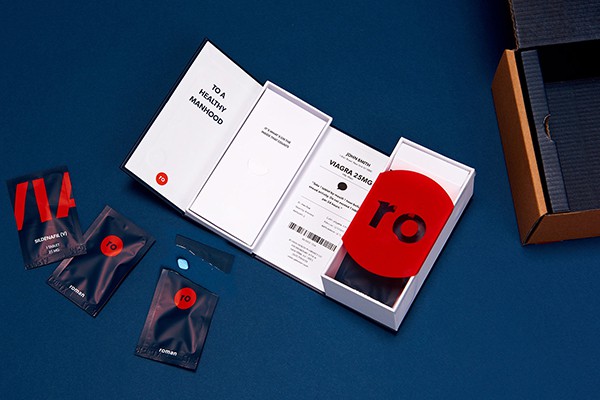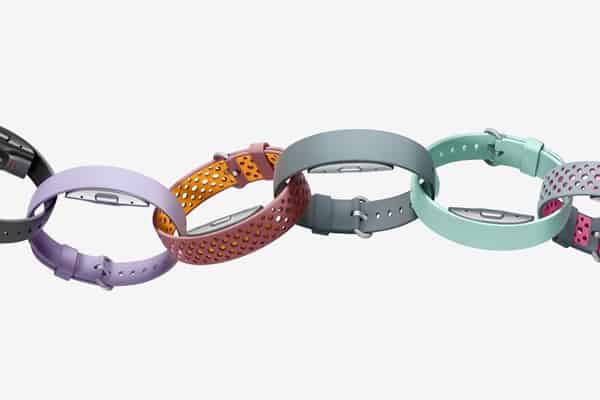EMERGING HEALTHCARE INDUSTRY TRENDS: #4 Patient Empowerment
Welcome to the next installment of our series on healthcare industry trends to be on the lookout for in 2021, this week we turn our focus to patient empowerment through healthcare innovation. As wearables and other digital tools become increasingly popular, patients become more empowered to manage their care, flipping the classic doctor-patient dynamic on its head. In this blog, we explore what this means for patients and doctors.
What is Patient Empowerment?
Historically, patients have felt pressure to defer to a caregiver’s expertise and authority. The basic assumption at the root of the doctor-patient relationship is that the doctor knows best, and patients must follow the doctor’s orders.
But as access to data becomes more widely available to patients through new digital tools, this patient-physician relationship is changing, becoming a more collaborative back-and-forth than hierarchal.
The key drivers of this trend are:
– Increased patient access to their own third-party data: Apps serving as a portal between patients and physicians have become increasingly popular in recent years, allowing more people to access medical records online.
– Commercialization of healthcare: Increasingly, medical care in the US is treated as an economic commodity, with a noticeable mental shift from thinking about (and treating) patients as customers and physicians as service providers.
Why is Patient Empowerment Important?
Today, patients have access to many sources of health information and personal care tools. Currently, 44% of patients search for healthcare professionals online, and one in four patients wears some form of technology that helps them manage a diagnosis. While this increase in access to data means that patients are more educated about their condition and enables them to seek out the care they want and need, this increase in information can lead to data obsession and care fatigue.
Healthcare Innovation Opportunity: More equitable doctor/patient relationships
As the access to information and healthcare professionals increases, the doctor-patient relationship is transforming into more and more of a partnership, a trend that is especially apparent in younger populations. The age-old assumption that doctors tell patients what to do is starting to flip: 64% of 18- to 34-year-olds have proposed a treatment plan to their physician based on online information. This trend can get patients more invested in their care, helping to balance the current doctor-patient power differential scale.

The long wait for healthcare providers has already pushed many patients to online health sources, who are often overwhelmed themselves. Patients want access to healthcare on their terms, turning to subscription-based healthcare models that promise a direct line to physicians around the clock. Concierge and Direct Primary Care (DCP) models promise patients a flat rate in return for texting, calling, and physician home visits. ACCORDING TO THE DIRECT PRIMARY CARE COALITION, these DCP practices are growing fast, with an estimated 1,200 practices in 48 states that serve 30,000 patients. While these DCP practices are growing in popularity, some are concerned that these models exclude lower-income patients, making healthcare even more elite.

One potential challenge to keep in mind, as this trend continues to grow, is that access to information isn’t universal and doesn’t always mean better care — online information can be inaccurate, and the cost of direct physician attention may increase healthcare disparities.
Google, Bing, WebMD, and other online resources have empowered patient education. But a study by Edith Cowan University that examined 36 international mobile and web-based symptom checkers found that they “only produced an accurate diagnosis as the first result 36% of the time.” As imprecise and incorrect health information flourishes online, search engines and popular health sites’ role in guiding the public’s health inquiries is under question.
Healthcare Innovation Opportunity: Streamlined data sharing that relieves care fatigue
As patients’ access to health information increases, they become, in turn, increasingly empowered, but there are also indications that this overabundance of data is plunging patients into healthcare fatigue. Instead of dealing with the trouble of connecting the separate parts of their healthcare continuum, like transferring records between providers, patients search for a solution that will allow them to focus on their treatment, not their paperwork.
New and increasingly popular healthcare innovation technologies like wearables, connected devices, and genetic testing have become a part of the health landscape as there is a need for stronger product design consulting. But as patients enter onto multiple platforms in an attempt to quantify their health, they can veer from empowerment into obsession. In 2016, a survey of female Fitbit users found that 59% reported feeling like their devices controlled their days. A separate study on eating disorders found that ~75% of participants were tracking calories via an app, with 73% of that group reporting that they believed the app contributed to their disorder. Some healthcare innovation products attempt to combat this data obsession, like the Shapa scale, which aggregates measurements, showing users trends rather than individual data points.
Owning one’s health data will be increasingly accessible thanks to legislation like the 21st Century CURES Act, which is “designed to help accelerate medical product development and bring innovations and advances to patients who need them faster and more efficiently.” This act was designed to empower patients with easier access to their health notes and data.
But though patients are increasingly having these tools made available to them, a 2017 study found that when provided with a digital healthcare cost comparison tool, only 12% of over 600,000 participants used it, and that it didn’t lead to lower care costs.
With this in mind, there is a substantial opportunity in the market for furthering greater patient empowerment through product design consulting. One way is to take the burden of information back off the patient by decreasing their visibility to the data, like in the Shapa scale, or by better-facilitating data transfer between platforms.
Let THRIVE Help You Keep a Pulse on the latest Healthcare Industry Trends
Check back in on this series as we explore the upcoming trends in the healthcare industry each week. This is our fourth blog in this series, so check out the previous articles in this series if you haven’t already.
Keep your business connected to the latest information and trends in the healthcare industry. Contact THRIVE to see we can help your company respond to upcoming shifts in healthcare through product design consulting.
RELATED POSTS
If you missed any of the previous posts in this blog series on the future trajectory of healthcare, you can find them here:
Week 1: The Shifting Point of Care
Week 2: The Hyper Personalization of Care
Week 3: Expanding the Continuum of Care
Week 5: Physician Empowerment
Week 6: Orchestrating Operating Room Efficiency
Week 7: Human-centered Healthcare Design
Week 8: Improving Medical Device UX Design
Week 9: Improving Contextual Design & Cognitive Empathy
Week 10: Enhanced Data Visualization Tools
Week 11: The Increasing Prevalence of Robot-Assisted Surgery
Week 12: Behavioral Design for Medical
Week 13: Humanized Patient-Provider Interactions






